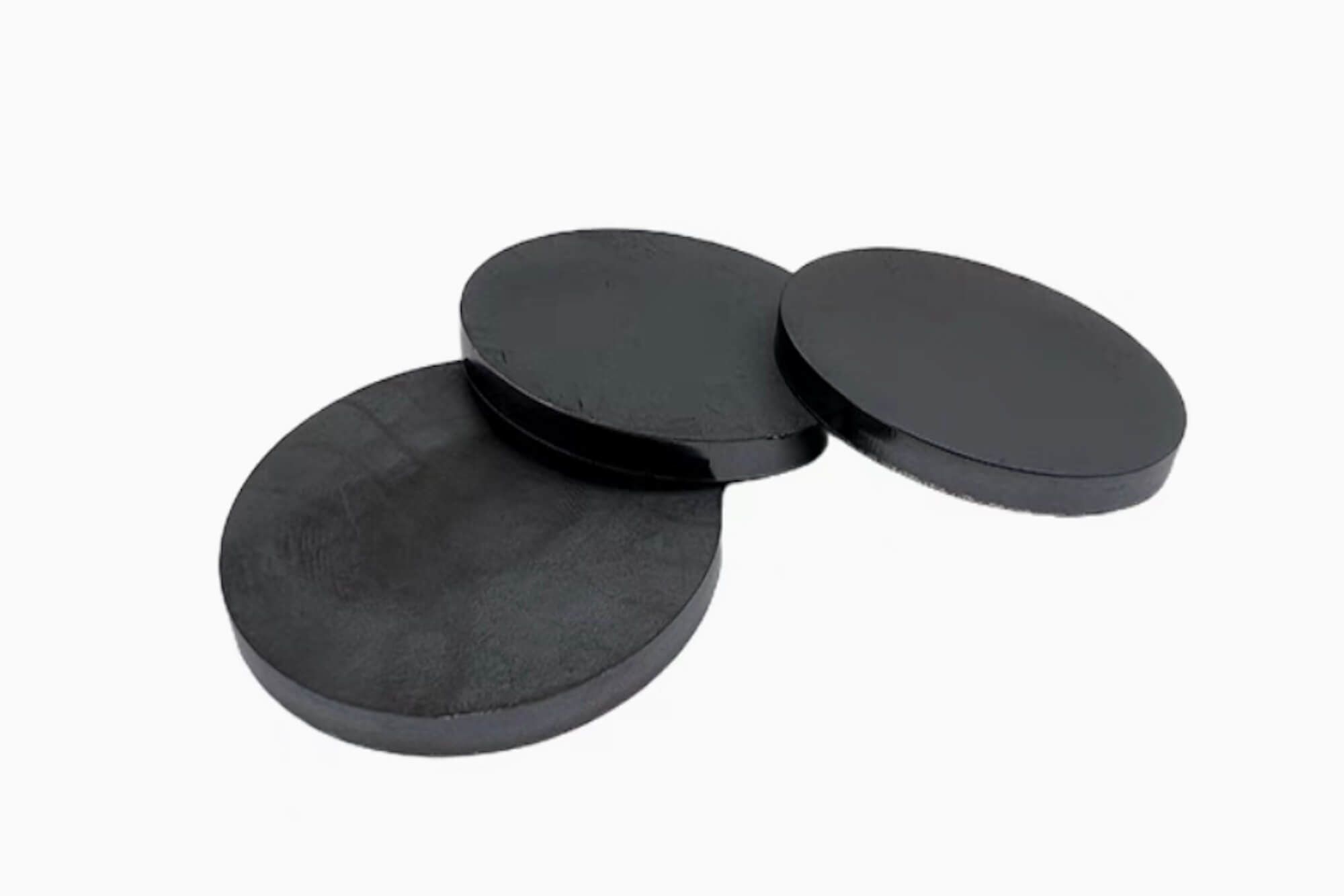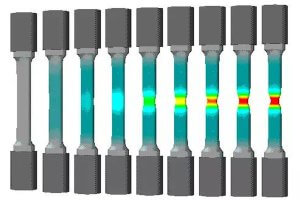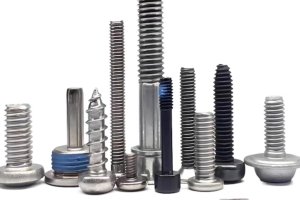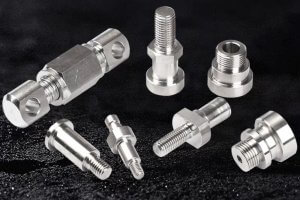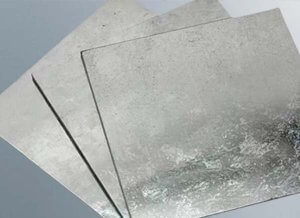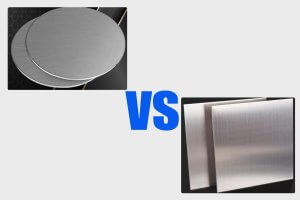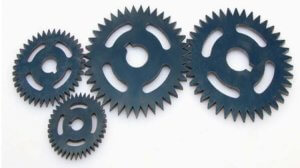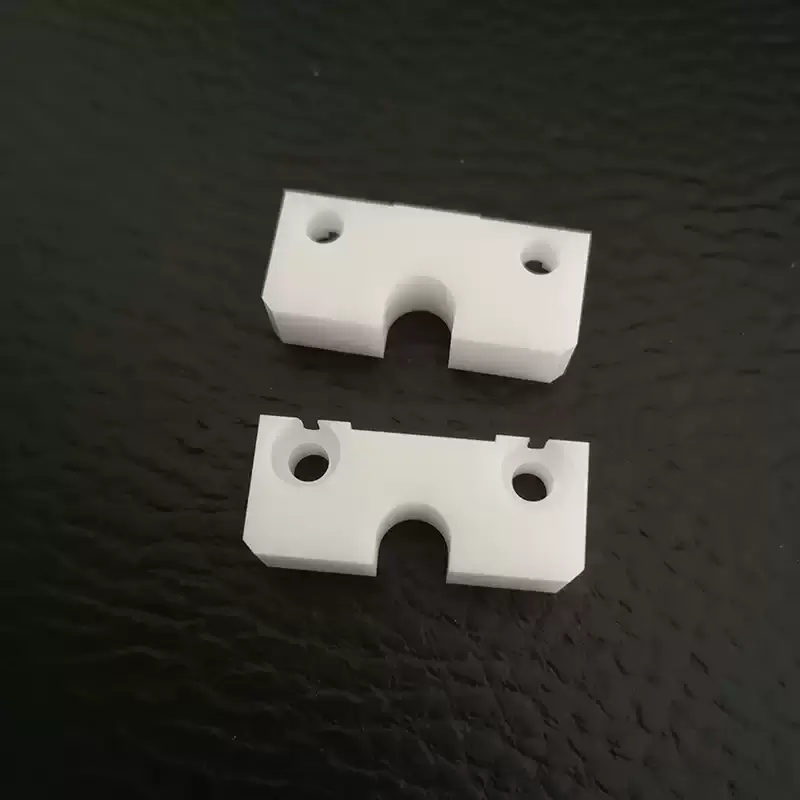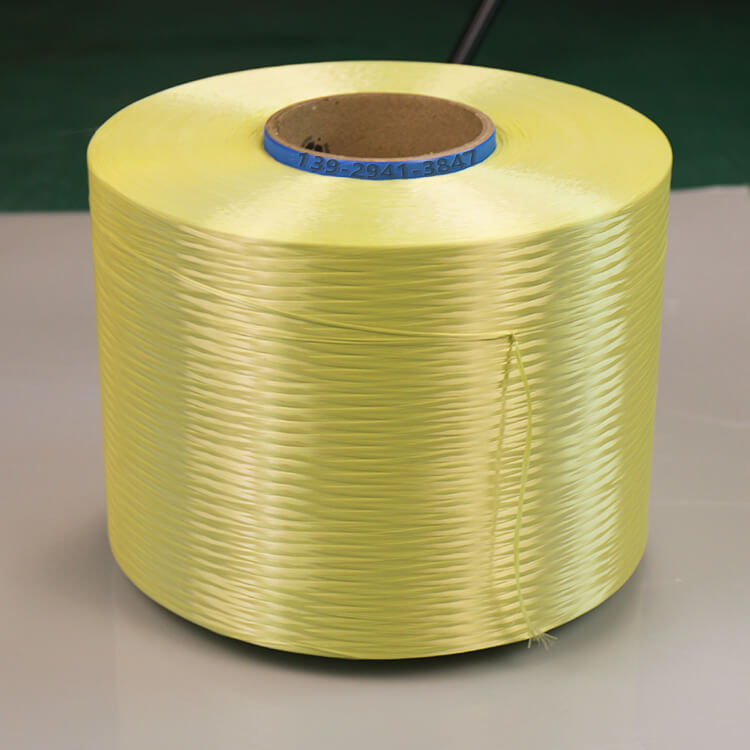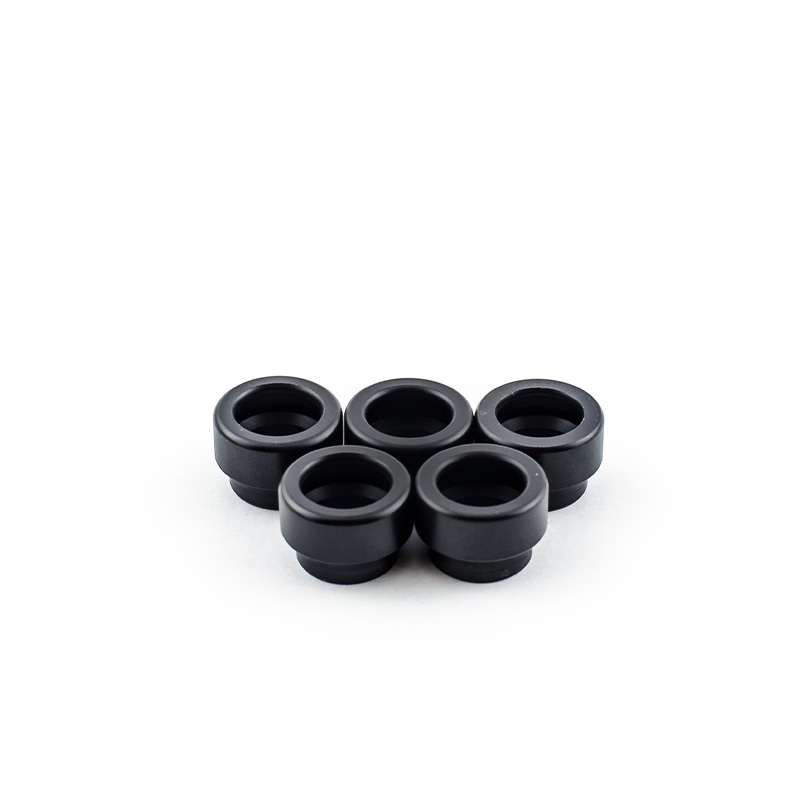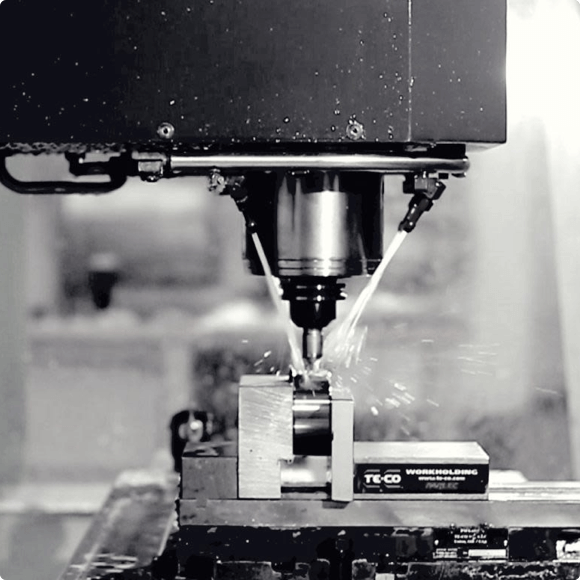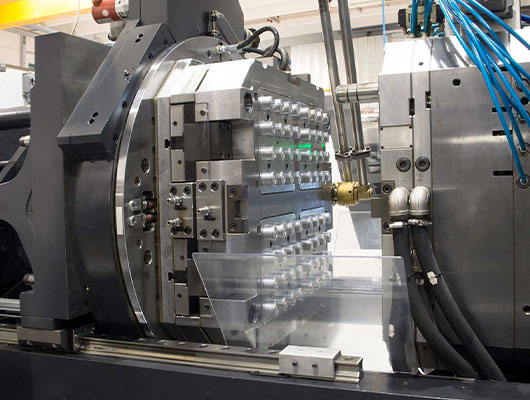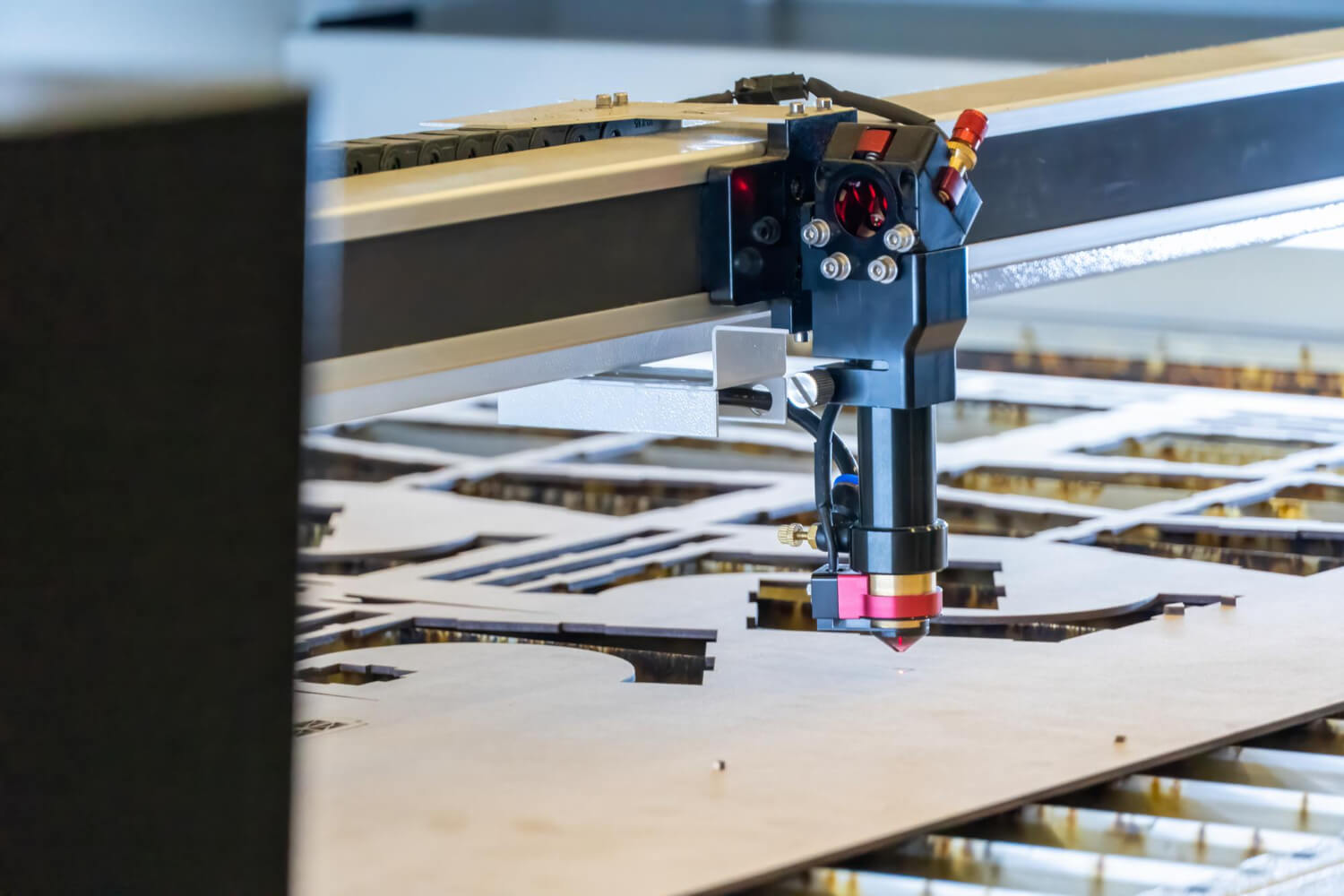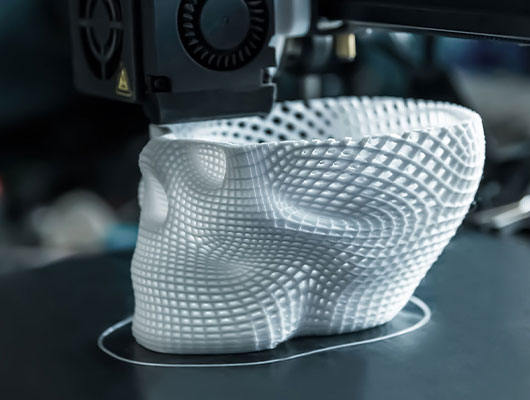About Carbon Steel
Carbon steel is one of the most commonly used materials in various industries, especially in CNC machining. It is an alloy of iron and carbon, with varying amounts of other elements depending on the specific type. Carbon steel’s main characteristic is the carbon content, which usually ranges from 0.05% to 2.0% by weight. The higher the carbon content, the stronger and harder the steel becomes, but its flexibility decreases. Custom Machining processes allow for precise shaping of carbon steel to meet specific requirements, making it highly adaptable to various applications. CNC machined parts made from carbon steel are known for their strength and durability, making them ideal for components that need to endure heavy loads.
There are several reasons carbon steel is widely used in manufacturing processes such as CNC machining. One reason is its relatively low cost compared to alloy steels or stainless steels. As a metal,carbon steel is versatile, offering a range of properties based on its carbon content, which makes it suitable for a variety of applications. These range from structural components in buildings to highly specialized components in automotive and aerospace industries.


